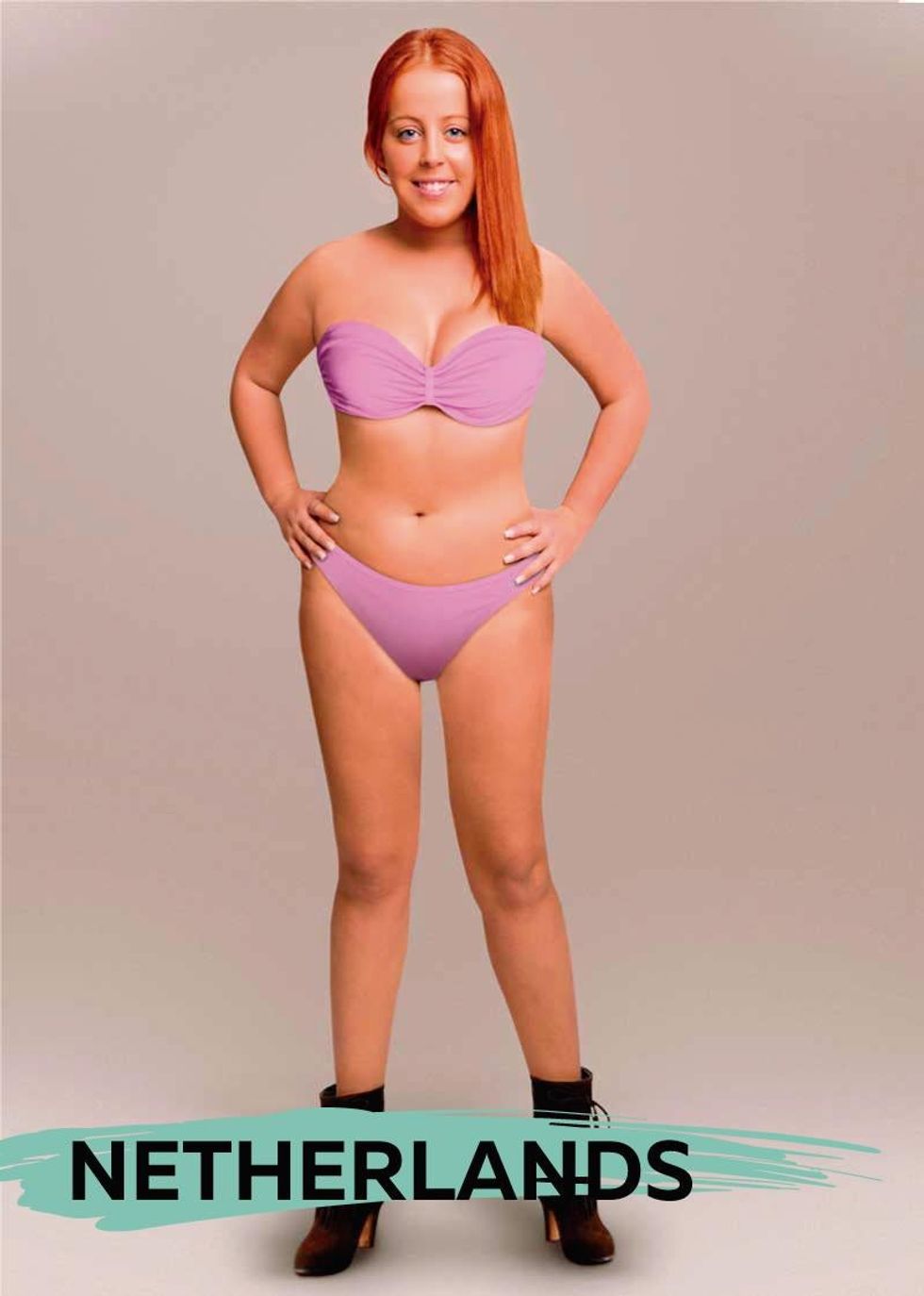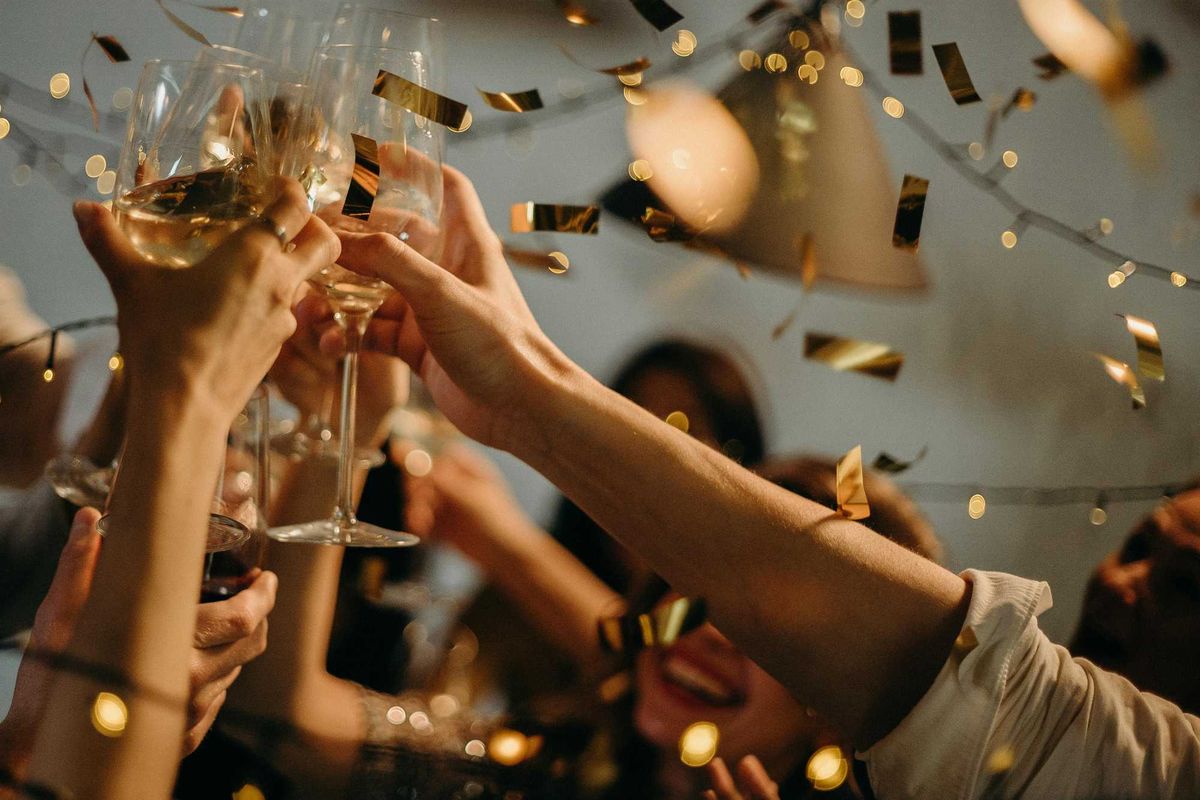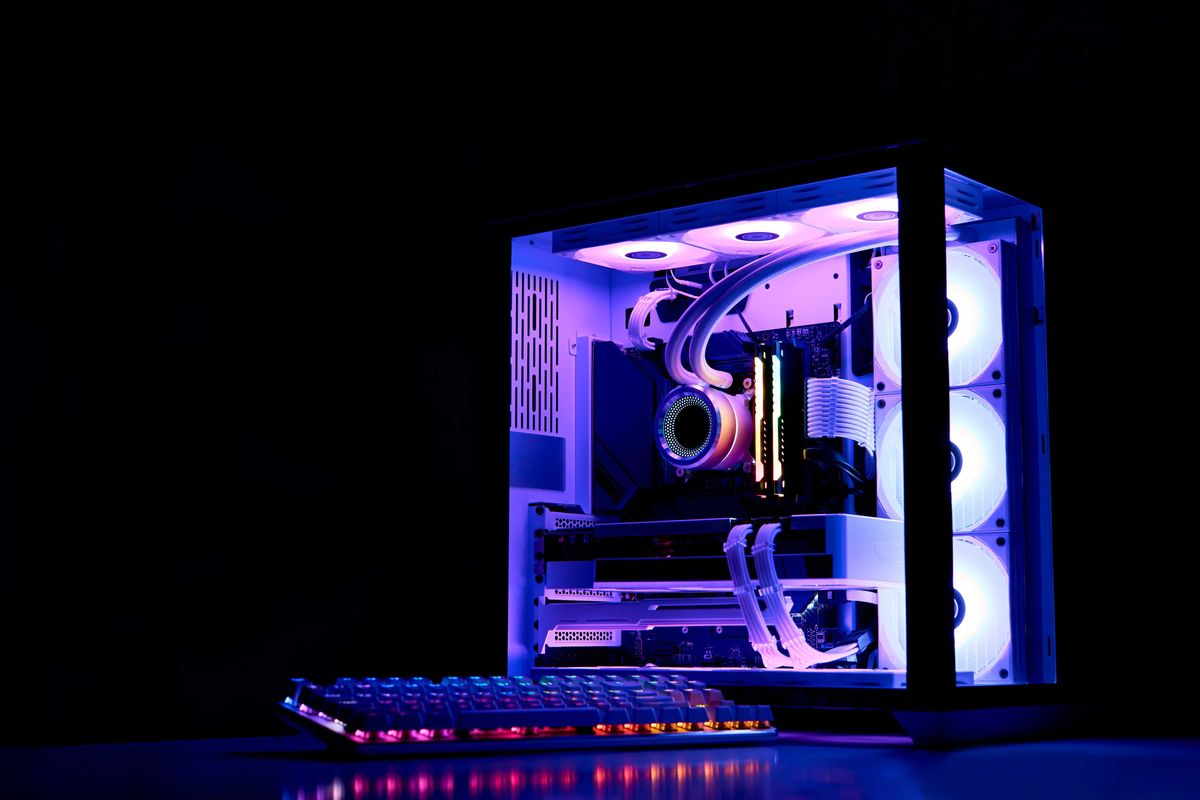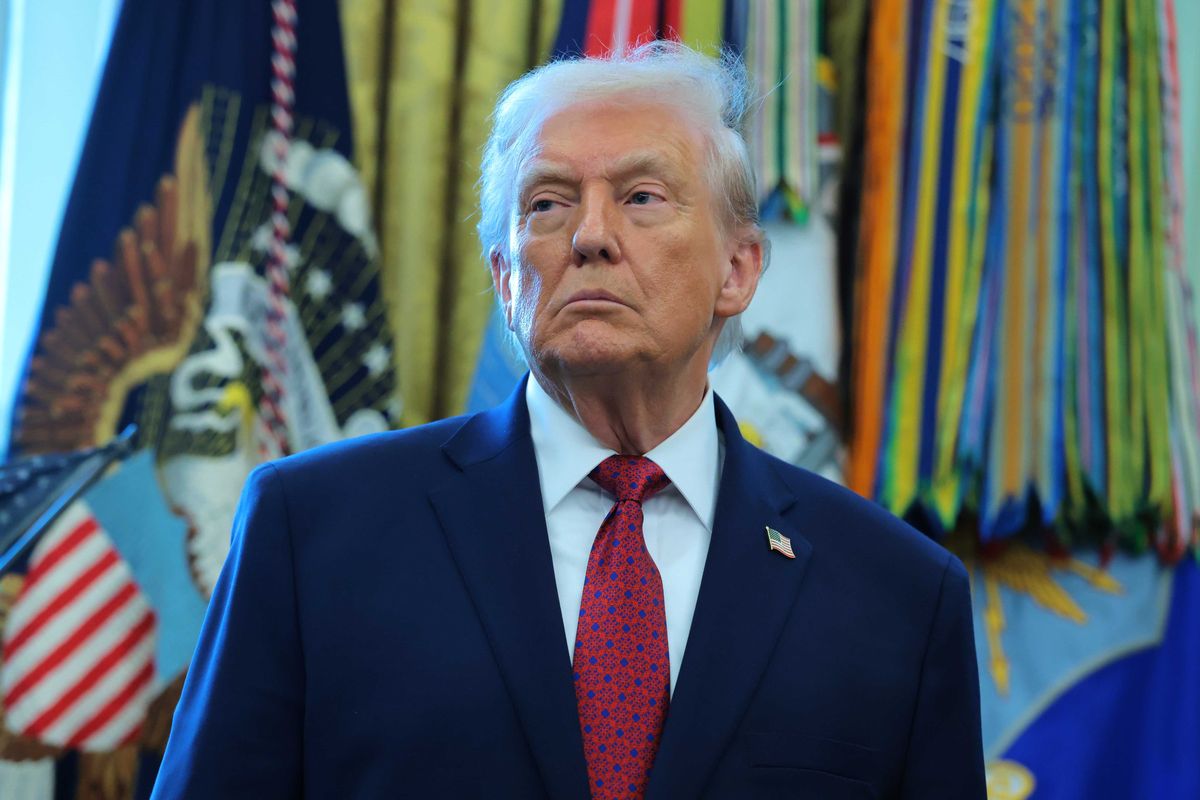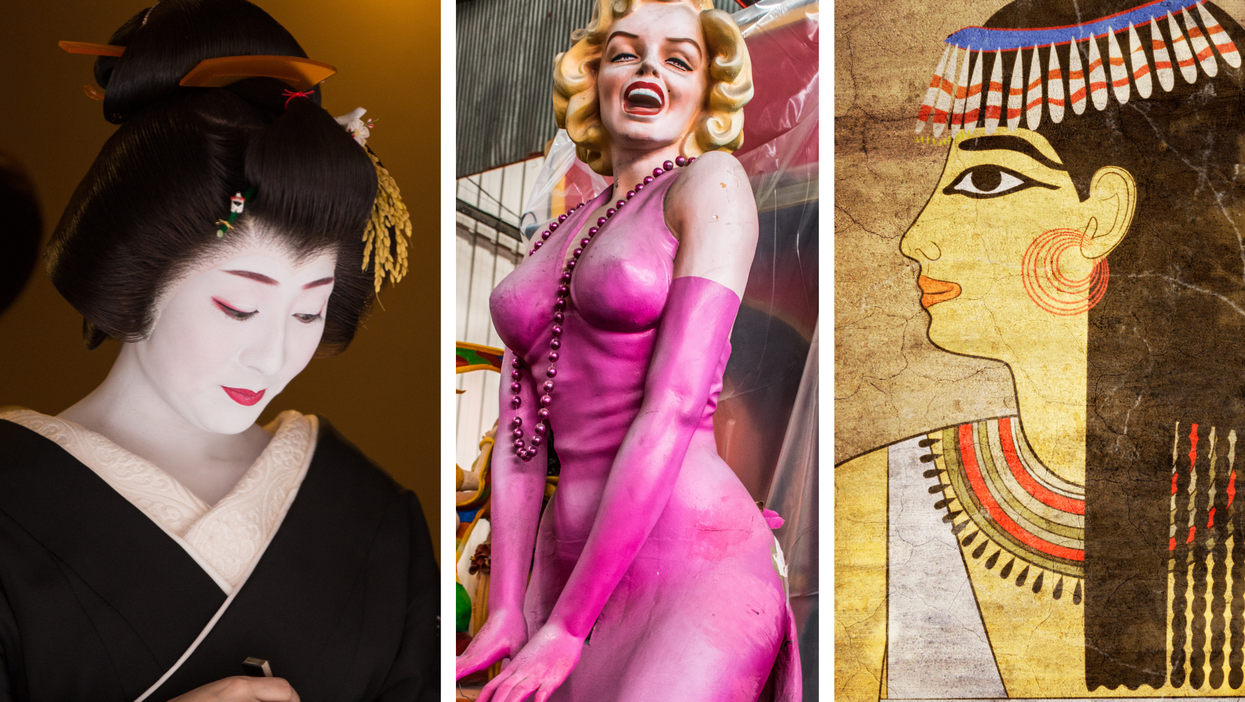
When Superdrug asked people around the world to alter a stock image of a woman to reflect what their culture considers as beautiful, the results were eye-opening.
A designer in the Netherlands even went as far as photoshopping the image's shoes:
Inspired but also slightly freaked out by the ways in which we seek perfection through female beauty standards, we decided to take a look at how the ideal female body shape has changed through out the ages, too.
What we found is that female beauty standards have changed drastically from era to era:
1. Ancient Greece
According to the BBC, an ancient Greek or Spartan queen like Helen of Troy would have worn heavy kohl around her eyes, tattoos of suns on her chin and cheeks, and parts of her hair probably would have been shaved or dreadlocked.
Plumper figures were also considered to be more desirable since they implied a person was wealthy... and unibrows were in, too.
2. Ancient Egypt
Ancient Egyptian society idealised slender frames, long legs, and a high degree of facial symmetry - not so dissimilar from today's beauty ideals.
They were also fond of heavy kohl, hair braids, and lipstick for both men and women.
3. The European Renaissance
Sandro Botticelli's Birth of Venus (1480s)Europe in the 1400s - 1600s thought voluptuous curves were the way to go, and a trend for high foreheads meant many women completely got rid of their eyebrows and wigs were popular in pre-revolutionary England and France.
4. 18th Century Japan
The 1700s gave rise to the geisha, skilled female musicians, dancers and poets. Large eyes and slim waists were (and still are) emphasised by kimonos with obi (waist sashes) and red and black accents on the eyes and eyebrows.
5. Victorian era
Victorian women piled their hair into chignon buns and pinched their cheeks for a more 'natural' colour since almost all make up was frowned upon.
They also squeezed themselves into corsets for an hourglass figure and never wore dresses that reached higher than the ankle.
6. 1920s
By the 1920s people had started to throw off the stuffiness of their Victorian parents - shift dresses, bob haircuts and boyish frames were all in instead. Many women bound their breasts for a more androgynous figure.
7. 1950s
The 1950s saw a return to more traditional ideals of femininity - hourglass figures, ringlets and more colourful make up came back into fashion in a big way thanks to Hollywood stars such as Marilyn Monroe and Doris Day.
8. 1960s
During the swinging sixties fashion became more androgynous again. Twiggy, with her long legs and willowy figure, was the model of the decade.
Make up became more experimental than ever before: eye shadow could be any colour and fake eyelashes and nails became popular.
9. Today
There's a new focus on healthy weight for women rather than the waif-like fashions of the 1990s, but a more recent beauty ideal is the thigh gap - where there's supposed to be as large a space as possible between a woman's inner thighs.
For a visual rundown of how body shape ideals have changed throughout the ages, check out this Buzzfeed video:
More: What the ideal woman looks like in 18 different countries
And more: Watch 100 years of female beauty trends in one minute
And even more: Watch 100 years of female beauty trends in one minute, part two
